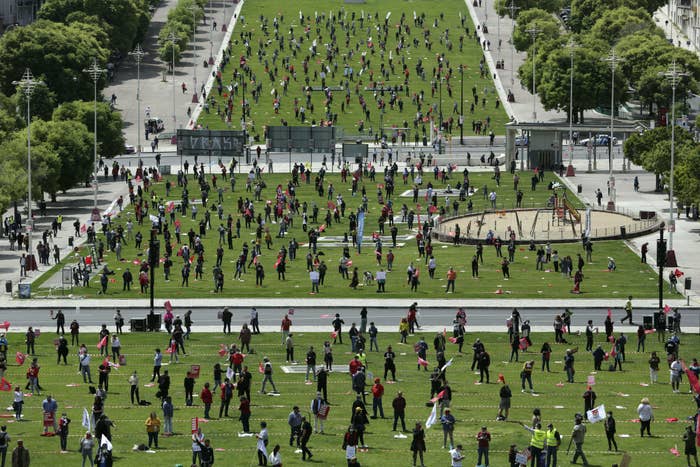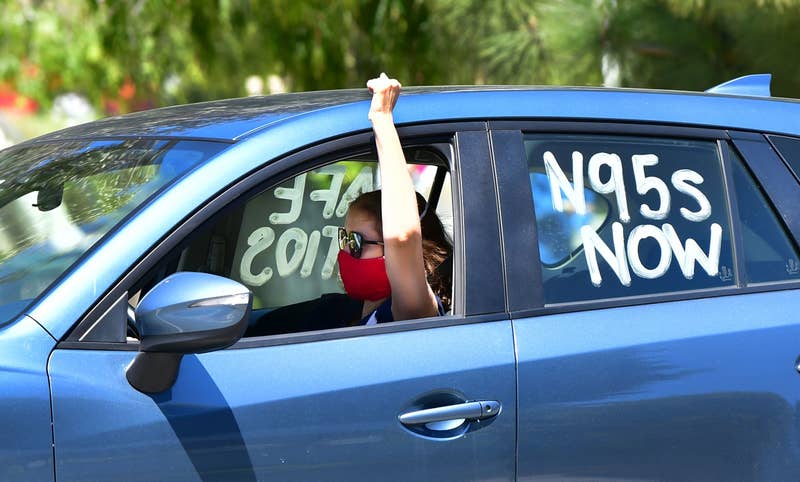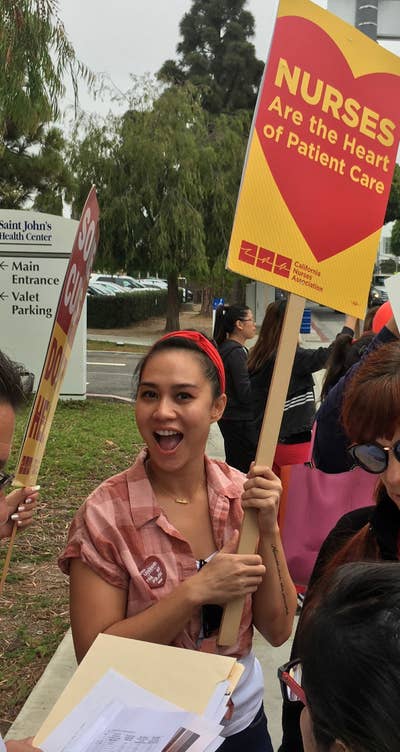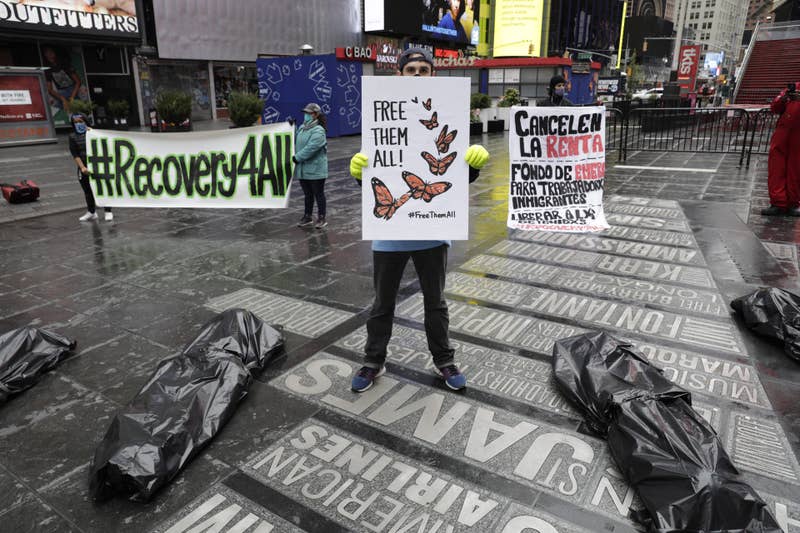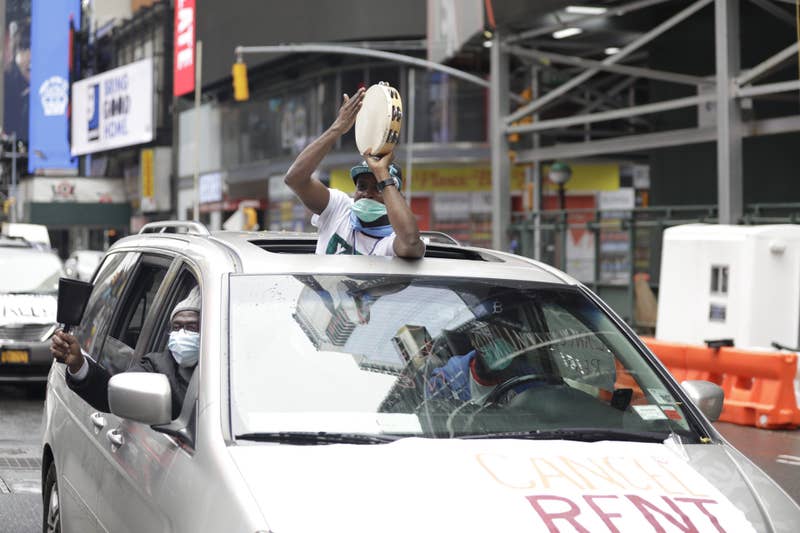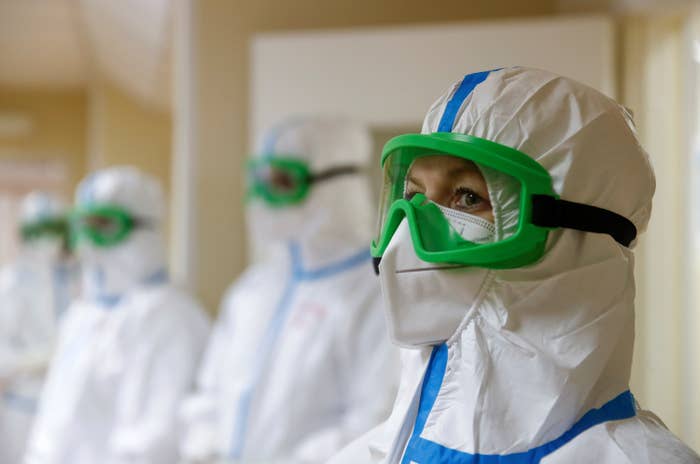Modern transportation helped make it the first global outbreak.
From America’s vantage in 1889, the Russian influenza posed little cause for concern. So what if it had struck with a vengeance in the Russian capital of St. Petersburg that fall, infecting as much as half the population? Or that it had raged swiftly westward across Europe, into the British Isles? Or that some of the continent’s most prominent leaders—the czar of Russia, the king of Belgium, the emperor of Germany—had fallen ill with the virus?
To Americans, it was safely over there, a vast ocean away.
But within a few months, the pandemic spread to virtually every part of the earth. Tracing its path, scientists would observe that it tended to follow the major roads, rivers and, most notably, railway lines—many of which hadn’t existed during last major pandemic in the 1840s.
That finding gave credence to the theory that the disease was spread by human contact, not by the wind or other means—and that as long as people could move with ease from city to city and country to country, stopping its spread would be all but impossible. Today, the Russian influenza is often cited as the first modern flu pandemic.
READ MORE: Pandemics That Changed History: A Timeline

A Russian map, dated 1890, detailing the occurrence of influenza by province across Russia.Library of Congress, Geography and Map Division
Coming to America
Most Americans first learned of the pandemic in early December of 1889. The nation’s newspapers covered its growing toll in Berlin, Brussels, Lisbon, London, Paris, Prague, Vienna and other cities. When top European leaders fell ill, Americans were updated on their condition on a near-daily basis.
Even so, the news seemed to cause no particular stir in the U.S. and certainly nothing resembling a panic. But just as railroad transportation had allowed the influenza to cross Europe in a matter of weeks, the larger, faster steamships of the day increased the odds that infected travelers would soon be arriving from across the Atlantic.
Indeed, New York and other East Coast port cities became the earliest U.S. locales to report suspected cases, and seven members of one Manhattan family, ranging in age from 14 to 50, were among the first confirmed patients. Their household’s outbreak had begun with sudden chills and headaches, reports said, followed by sore throat, laryngitis and bronchitis. Overall, “the patients were about as sick as persons with a bad cold,” according to one newspaper account.
Initially, public health officials played down the dangers, arguing that the Russian influenza represented a particularly mild strain. Some officials denied that it had arrived at all and insisted that patients merely had the common cold or a more typical, seasonal flu.
The newspapers, too, treated the influenza as nothing to get worked up about. “It is not deadly, not even necessarily dangerous,” The Evening World in New York announced, “but it will afford a grand opportunity for the dealers to work off their surplus of bandanas.”
READ MORE: Why the Second Wave of the Spanish Flu Was So Deadly
Did you know? While U.S. presidents have had many things named after them—schools, highways, airports—John Tyler, the 10th president, who served from 1841 to 1845, got an epidemic. At the time, influenza was often referred to by its French name, 'La Grippe.' When an outbreak hit during Tyler’s term, his political opponents started calling it the 'Tyler grippe.' And, unfortunately for him, the name stuck. But Tyler wasn't the first U.S. president to give his name, however unwillingly, to the flu. President Andrew Jackson’s opposition seized on an 1829 outbreak, branding it 'Jackson’s itch.'
A first death—then many more
On December 28, newspapers reported the first death in the U.S., 25-year-old Thomas Smith of Canton, Massachusetts. He was said to have “ventured out too soon after his illness, caught a fresh cold and died of pneumonia.” Soon after, a prominent Boston banker also succumbed.
As the death toll rose, Americans began to take the threat more seriously. For the first week of January 1890, New York reported a wintertime death record of 1,202 people. While only 19 of those cases were attributed to influenza alone, the numbers revealed a startling spike in deaths from related diseases.
“Persons with weak lungs and those suffering from heart disease or kidney troubles are most seriously affected, and in many cases the influenza leads quickly to pneumonia,” the New-York Tribune reported.
READ MORE: How the 1957 Flu Pandemic Was Stopped Early in Its Path

An 1892 map detailing the cases of the flu pandemic across the globe in 16 different time periods, from May 1889 to October 1890.
National Library of Medicine
The disease spreads west
Meanwhile, the disease spread inland, helped, as in Europe, by America’s vast network of railroads. Reports came in from Chicago, Detroit, Denver, Kansas City, Los Angeles, San Francisco, and other U.S. cities.
One Los Angeles victim gave a particular vivid description of the experience. “I felt as if I had been beaten with clubs for about an hour and then plunged into a bath of ice,” he told a reporter. “My teeth chattered like castanets, and I consider myself lucky now to have gotten off with a whole tongue.”
People coped as best they could. “On a Sixth Avenue Elevated train this morning fully one-half of the passengers were coughing, sneezing, and applying handkerchiefs to noses and eyes, and many of them had their heads bundled up in scarves and mufflers,” The Evening World reported. “They were a dejected and forlorn appearing crowd.”
Druggists throughout the country noted an unusually high demand for quinine, which some health authorities had suggested as a possible remedy—though medical journals warned against the dangers of self-medicating and urged people to simply let the disease run its course.
READ MORE: How Five of History's Worst Pandemics Finally Ended
An end, for the moment
By early February 1890, according to contemporary accounts, the influenza had largely disappeared in the U.S. Difficult as the pandemic had been, the country had gotten off lucky compared with much of Europe. New York City recorded the highest number of deaths, with 2,503, although Boston, with a smaller population, was harder hit on a per-capita basis. The total U.S. death toll was just under 13,000, according to the U.S. Census Office, out of about 1 million worldwide.
The Russian influenza wasn’t entirely finished, however. It returned several times in subsequent years. Fortunately, a large portion of the U.S. population was immune by then, having been exposed to it during its first visit.
Today, the Russian influenza is largely forgotten, overshadowed by the far more devastating Spanish influenza of 1918. But it did give Americans a preview of life—and death—in an increasingly interconnected world.

